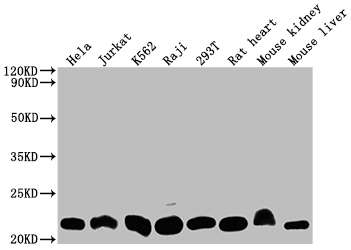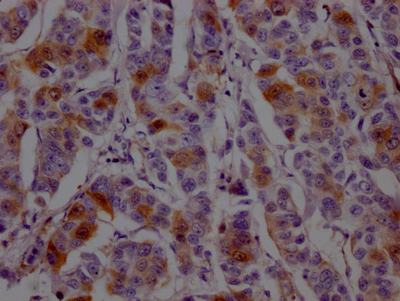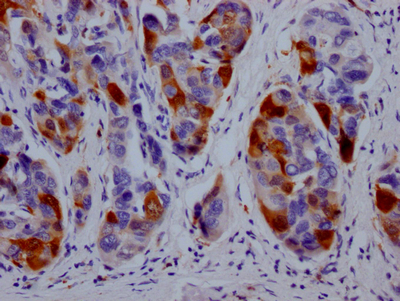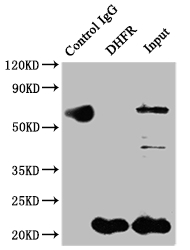The DNA sequence corresponding to the DHFR monoclonal antibody produced from the animals through the human DHFR synthesized peptide immunization was cloned into the expression vector, which was further transfected into a cell line for in vitro expression. The product is the recombinant DHFR monoclonal antibody. It specifically targets the DHFR from human, mouse, and rat species. It belongs to the rabbit IgG. The affinity-chromatography purification method was used to purify this DHFR antibody. This GHFR recombinant antibody has been tested by ELISA, WB, IHC, and IP to assure specificity and reactivity.
DHFR, an oxidoreductase, catalyzes the reduction of FH2acid to H4FA, thus regulating the regeneration of H4FA. DHFR has been demonstrated to react with the Hedgehog (Hh) signaling pathway negative regulator SuFu. Abnormal activation of the Hh signaling pathway is closely related to the occurrence and development of tumors. This means that DHFR knockdown and overexpression affect the proliferation and apoptosis of tumor cells.









